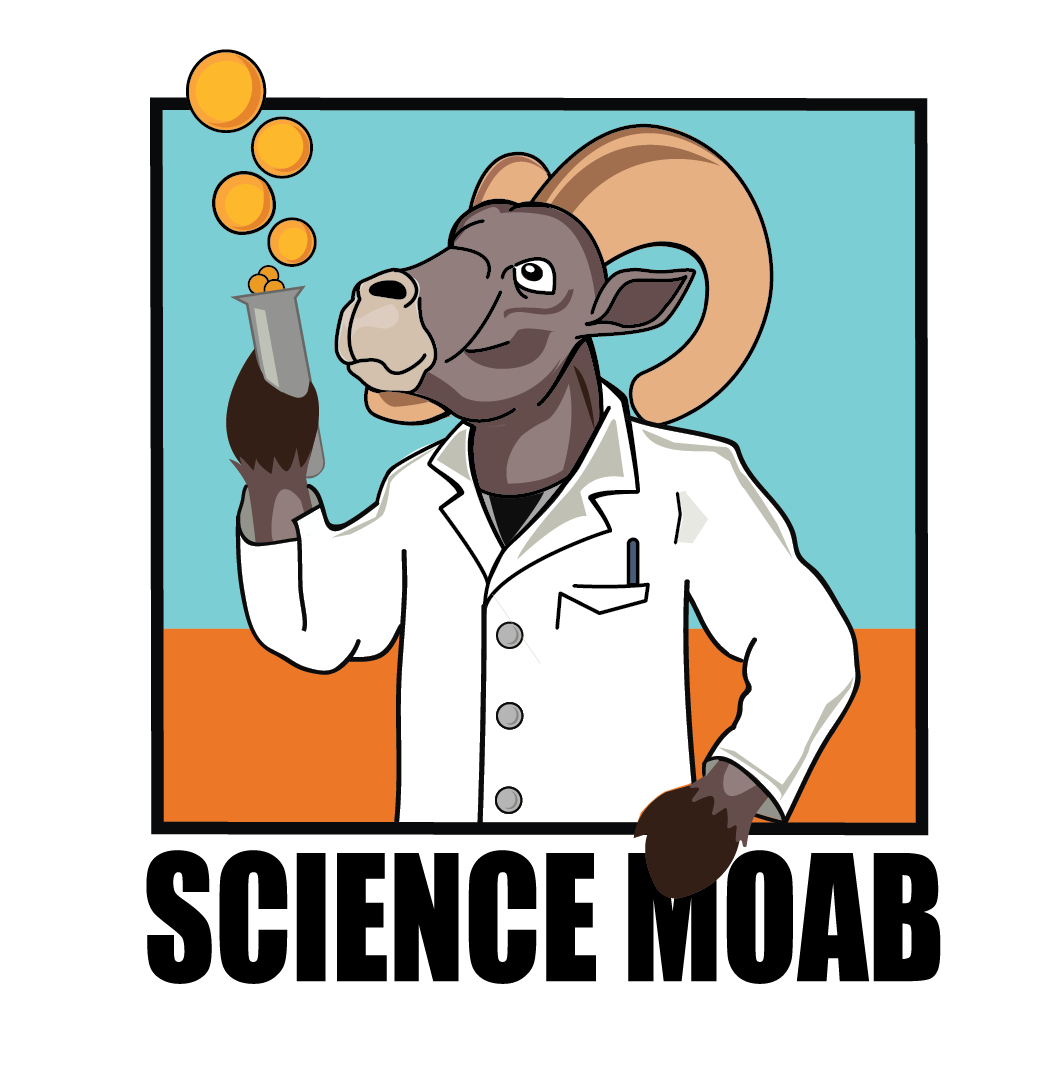Around 250 million years ago, a unique combination of events resulted in the extinction of more than 90% of all living species then on earth. Here, Science Moab talks with Dr. Benjamin Burger, associate professor of geology at Utah State University’s Uintah Basin Regional Campus, about what local rock layers can tell us about what earth looked like during this period and what led to such a drastic change in environment and life.
Science Moab: What kind of extinction event happened at the end of the Permian Period?
Burger: The Permian-Triassic boundary is the world’s big extinction event, before the dinosaurs had even evolved. Big global events can be studied in the rock record. My work involved taking rock samples every five centimeters across this boundary and figuring out the chemistry of the rock as precisely as possible. At this boundary, we found an abundance of mercury, decreasing calcium carbonate and decreasing organic carbon. What we think is going on is that the Siberian Traps, which are massive volcanic fields in Asia, were erupting into a basin with a fair amount of coal. As the coal caught on fire, that emitted a lot of carbon as well as a lot of mercury.
People have proposed that one of the things that caused the extinction is the lack of oxygen in the water. As the world was heating up during this event due to the carbon in the atmosphere, the oceans themselves became too warm to dissolve much oxygen and so dead zones occurred. So any organism that utilizes oxygen could not live in the oceans.
There also may have been an upwelling of methane deep in the ocean. Organisms that lived in the ocean sediments underground then started living on the surface of the ocean. This included sulfate-reducing bacteria that only live in places where you find very little oxygen. These organisms start releasing a lot of hydrogen sulfide into the atmosphere, which when oxidized can form sulfuric acid. This begins to kill the plants and insects as well. In this extinction, as much as 97% of life went extinct.
Science Moab: How long did this happen for?
Burger: Our estimates right now are about 60 to 75,000 years in duration, which geologically is really fast when you consider this event was 251.9 million years ago. The first thing that we see is the ocean acidification and the mercury, then we start seeing the methane and some of the sulfate-reducing bacteria. Throughout this whole interval, the level of carbon dioxide was increasing. It was quick and it was deadly.
Science Moab: So how did the oceans de-acidify and what changed to make the earth less toxic?
Burger: The big thing was to get the plants back. When plants return, they’re going to start pulling that carbon dioxide out of the atmosphere. So at the Permian-Triassic boundary, that took a really long time to return, because it’s such a severe extinction. The forests are using the carbon dioxide but then they have to die and get buried to get that carbon out of the system which takes time.
Science Moab: Can your research be applied to climate change today?
Burger: It has huge implications for today, because we’re seeing many of the same things happening. One of the first things that you see is the death of the coral reefs, and the coral reefs are dying right now. The Siberian volcanoes could not stop erupting and burning coal, but we humans can choose to stop burning coal. If we stop releasing carbon dioxide into the atmosphere, things can possibly return to normal, but if the burning of fossil fuels and emitting of carbon dioxide continues, really dire things can start happening over a fairly short amount of time. Careful monitoring and regulating of carbon dioxide emissions is essential. That’s the story behind the Permian-Triassic boundary extinctions, and so many of these other past climate changes in Earth’s history. They give us an idea of what happened before and what may happen again if we’re not careful.
This interview has been edited for length and clarity. To learn more and listen to the rest of Benjamin Burger’s interview, visit www.soundcloud.com/user-495802209/permian-extinction.
Science Moab talks to Dr. Benjamin Burger about the Permian Extinction




